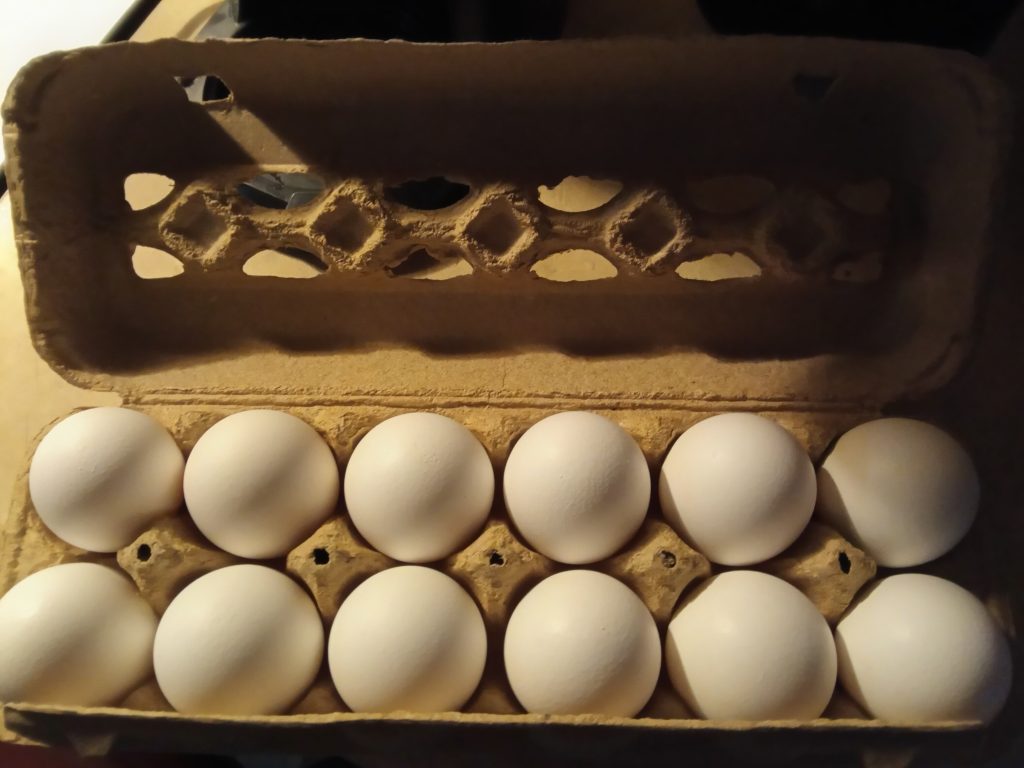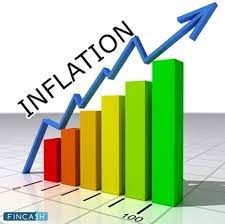
INDIANA – In November, egg prices surged by 8.2% nationwide, marking one of the highest monthly increases in nearly two decades, according to the latest Consumer Price Index (CPI) data. This price spike, primarily driven by soaring wholesale egg costs — which rose nearly 55% last month — is just one part of a broader trend of rising grocery prices that have reached their most significant monthly gain since January 2023. According to the U.S. Bureau of Labor Statistics, a carton of a dozen large Grade A eggs cost $3.65 in November, up from $2.14 a year earlier.

In addition to eggs, shoppers have felt the pinch from higher prices in beef, coffee, and non-alcoholic beverages, contributing to an overall 3.1% increase in wholesale food prices, the largest such jump in two years.
While these price hikes may alarm consumers, economists caution against panic, explaining that the current food price increases result from isolated disruptions, not a broader reacceleration of inflation. “Food prices are historically volatile and subject to fluctuations caused by weather, disease, and supply chain issues,” said economists analyzing the data.
Egg Prices Soar Amid Bird Flu Outbreak
The dramatic rise in egg prices can largely be attributed to a bird flu outbreak that has decimated flocks across the U.S., reducing egg supply just as demand spikes during the holiday season. The U.S. Department of Agriculture (USDA) has revised its egg supply estimates and raised price forecasts for 2025 in light of the ongoing crisis. Egg prices have increased by 37.5% year-over-year, further straining consumers who are already facing higher grocery bills.
Beef Prices Rise as U.S. Cattle Herd Shrinks
Beef prices also rise 5% annually, with the U.S. cattle inventory at its lowest level in over 70 years. Drought conditions and rising costs have prompted a continued contraction in cattle production, which experts predict will persist through 2025. A recent report from CoBank indicates that the U.S. beef cow herd expansion is not expected to occur until at least 2026, adding pressure to the beef supply chain.

Weather, Disease Disrupt Citrus and Coffee Markets
Other staple goods are seeing price increases tied to weather disruptions as well. Frozen orange juice prices have surged by 17.2% annually, with fresh juice up by 3.1%. Hurricanes, poor weather conditions, and citrus greening disease have battered the industry. Brazil — the U.S.’s largest supplier of imported orange juice — is facing its worst harvest in decades due to flooding and drought.
Similarly, coffee prices have risen by 1.9% year-over-year, with Arabica beans hitting a record price of $3.44 per pound. Adverse weather in Brazil, which also affects coffee production, has contributed to the higher costs.
Chocolate Faces Price Surge Due to Cocoa Shortage
Chocolate lovers also feel the impact of rising food prices, as wholesale chocolate manufacturing costs have skyrocketed by 108.7% annually. A series of severe weather events in cocoa-producing regions of West Africa — which supply over 70% of the world’s cocoa — has led to these price increases. In response, candy manufacturers have started shrinking product sizes, altering recipes, and shifting toward non-chocolate options. Bank of America economists predict that elevated cocoa costs could persist through 2026, creating ongoing challenges for the confections industry.
A Glimpse of Hope Amid Ongoing Price Struggles
Despite these price increases, grocery inflation is currently lower than overall inflation, which accelerated to 2.7% in November. Grocery prices are up 1.6% from the previous year, a rate similar to what was seen during the 2008-2019 period. This marks a significant improvement from the highs of 2022 when grocery inflation peaked at 13.5% — well above the overall inflation rate.

While the latest price increases are unsettling, they are a far cry from the eye-watering increases seen in 2022, when grocery prices were up 27% compared to pre-pandemic levels. Eggs, in particular, have jumped 81% over the past four years, margarine is up 55%, and beef and juices have seen price hikes of 37% and 32%, respectively.
Adapting to Rising Costs
As rising food prices become a reality that many consumers are forced to contend with, both individuals and businesses are adapting. Many shoppers are adjusting their purchasing habits to cope with higher costs, and companies are rethinking their supply chain strategies to mitigate the impact of rising prices.
Though food prices are unlikely to return to pre-pandemic levels anytime soon, economists suggest that these fluctuations are part of market conditions’ natural ebb and flow. However, with challenges like climate change, supply chain disruptions, and global events continuing to influence food prices, consumers should brace for ongoing volatility in grocery store aisles.
CNN provided some information.



